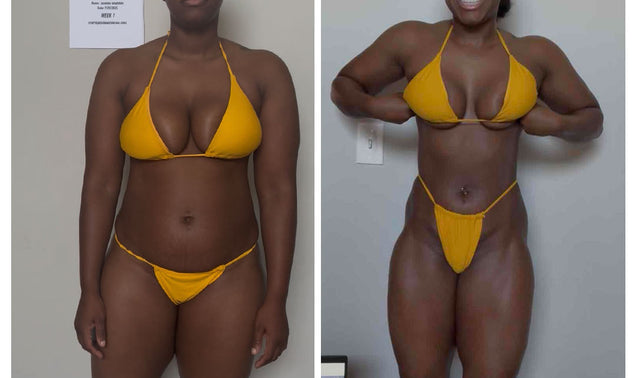In fitness, stability and mobility are critical to performance. It is not that often that focusing on a certain part of the body can contribute to helping out with both stability and mobility. The core is usually the first area that comes to mind, but a good focus on the hips is also a sure-fire way to develop good stability and mobility simultaneously.
This work on the hips however is a certain kind of work. This work is referred to as “hip-hinge” work. The hip-hinge is involved anytime you bend down to pick something up without squatting (or lightly squatting), get a closer look at something on the ground, and touching your toes. In fitness, hip-hinge movements involve:
- Deadlifts
- Good mornings
- Hyperextensions
- Straight-leg deadlifts
- Romanian deadlifts
As you may notice, the deadlift is a big one when it comes to hip-hinge movements. Hip-hinge movements as you can guess are just a part of everyday life, but some people are plagued with having tight hips which can cause issues and difficulties doing any hip-hinge movements. Other issues are having weak muscles that are involved in doing a hip-hinge movement. Either way, performing deadlifts or any of the other movements noted above can surely help improve your hip-hinge capabilities.
The main muscles worked when doing hip-hinge movements are the ones involved in the posterior chain. The posterior chain is made up of the back, glutes, hamstrings, and calves. While improving on your hip-hinge, you develop flexibility, strength, and stability. This all feeds into the mobility aspect as well.
Stabilizer muscles are easily overlooked when it comes to performing hip-hinge work. Muscles involved are those that are used for pulling weight. Those muscles include the upper back, traps, mid back, lats, abs, obliques, and even forearms. As those muscle get stronger they only help contribute to the main movers listed that are a part of the posterior chain.
Do not under-estimate the importance of hip-hinge work and training. You use your hips every day to do every day activities. The older you get, the stiffer and weaker the hips can get. By simply moving and doing exercises to engage the hip-hinge, you are not only adding mobility, but you are also adding flexibility and stability, which is very crucial to people of any age and everyday life.






